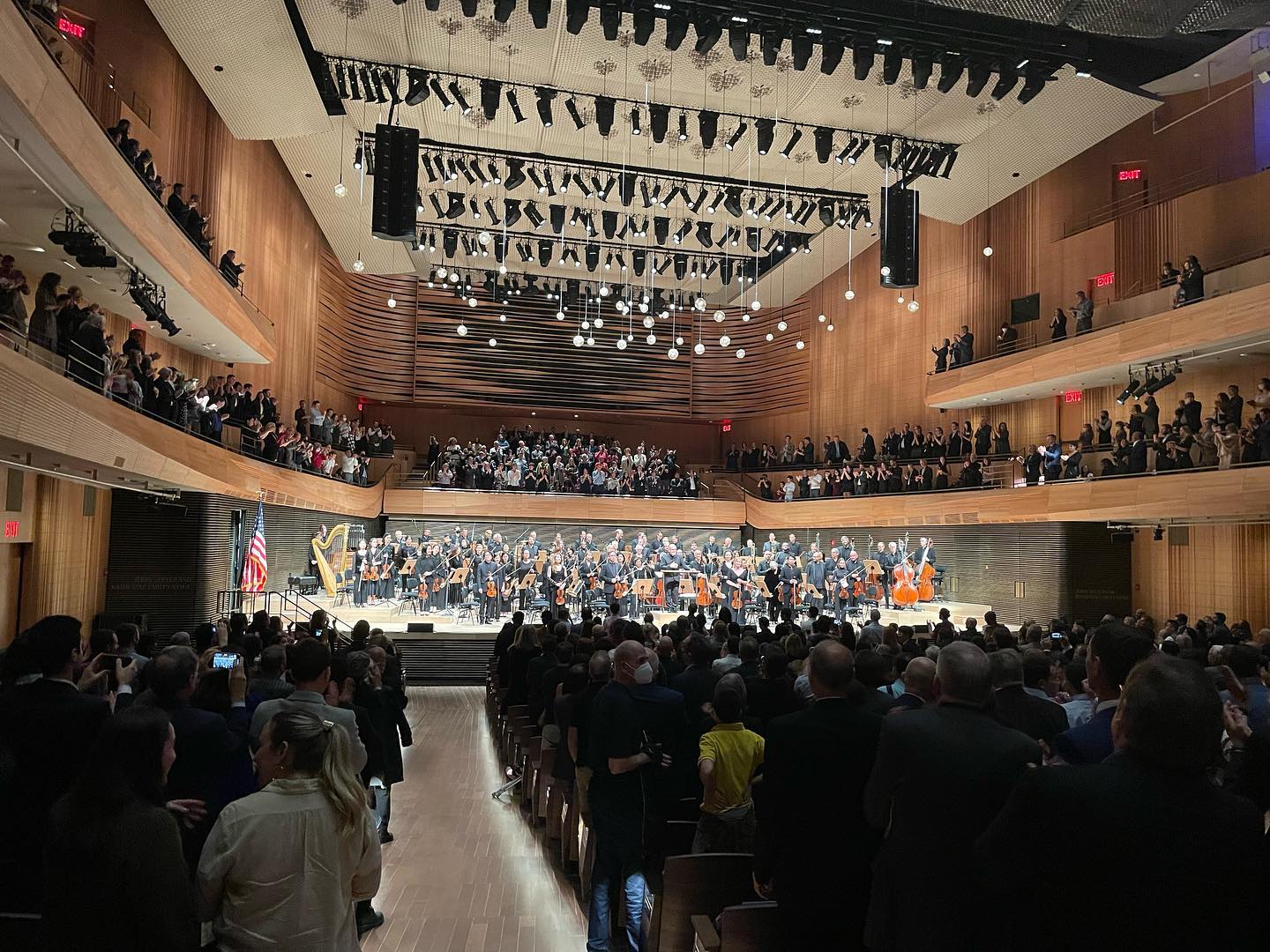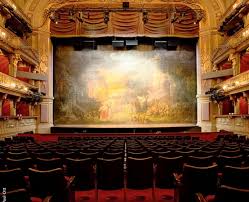Slippedisc daily comfort zone (47): Smooching with Schoenberg
Daily Comfort ZoneThis Oslo Phil series is a revelation.

This Oslo Phil series is a revelation.
The Mozart concerto due to be played three…

The Manhattan School of Music this morning quietly…

The tenor Ian Bostridge shocked Symphony Hall Birmingham…

The Theater an der Wien, back home after…

Session expired
Please log in again. The login page will open in a new tab. After logging in you can close it and return to this page.
This heading makes one wonder if the maestro preferred to kiss in twelve different places before repeating himself.
The distribution of the twelve kisses over one’s beloved has been thoroughly analysed by S’s pupil Egon Wellesz, who argued that Schoenberg never gave any definite instruction as to location, but that from his own practice could be concluded that no single location should be selected as superior to any other. This caused some heated debate between Berg and Webern, where Berg wanted to single-out the lips, while Webern condemned any kissing business and advocated to go into the high mountains and fumble the bare rocks, which would stimulate spiritual redemption from all that ‘monkey thing’, as he phrased it to an insulted Berg.
Let us not forget the daunting Literalism segment of Serialism, the extreme deprivations and heroic patience of their stoic doctrine requiring the smooches to be sequentially enacted in different cities, countries, continents, and now perhaps even planets before repetition, exemplified by such crowning masterworks as the Blue Spheric Variations.
Indeed. Maybe that explains the poor quality of their sound results, they never had enough time.
Delightful discovery!
Early, innocent Schoenberg, before being infected by the virus of scientific progress, and Hegel, Schopenhauer and Nietzsche, and before looking around in Vienna and noticing the widespread Unlust of artists and intellectuals about the classical culture of the bourgeoisie and the clumsiness of the state. Away with all of that! In the luxuries of the Kaffeehäuser, enjoying the fruits of that very culture, they all discussed about ways how to destroy it, and replace it with something better, something more true. Hence the birth of sterile modernism, in philosophy (doing away with everything except pure logic), architecture (doing away with ornaments which are a crime), painting (doing away with mimetics which are outdated, better have abstract patterns), music (doing away with understandable ‘romantic’ tonality and have unrelated sound dots instead). And all in the name of progress.
And yet, millions of people from all over the world visit Vienna for exactly all the things that went before, and to breath the beauty of a metropolis defined by classical taste and culture, when so much of progress has poisoned human life almost everywhere.
I commend the book, “Wittgenstein’s Vienna” by Janik and Toulmin, to your attention. It provides a useful palliative for dyspepsia.
Yes, and also Carl Schorske’s ‘Fin-de-Siècle’s Vienna’.
A somewhat blinkered view, I’m bound to say.
‘Blinkered’ for anybody without the information concerned.
‘Reading is not difficult. It is remembering that is difficult. Much more difficult is understanding one’s recollections. And it is impossible to put it all into practice.’ (To-Fu, from ‘The Twelve Ways to the Way of Heaven’, 9th century China.)
To the composer of the headline: a New Yorker?
The Notturno is indeed a lovely piece, and if you liked that and like Dvorak too, try the early unnumbered String Quartet in D major (1897)! There are two other string quartet movements from that time – no sign of serialism or atonality. There’s Gurrelieder too – out-Straussing Richard Strauss; he was yet to discover the ‘virus of scientific progress’, as John B puts it.
For the acme of ‘innocent’ Schoenberg, try the Six Pieces for Piano Four Hands! There’s nothing there that Schubert couldn’t have written.
And how about some ‘innocent’ Webern? try the ‘Langsamer Satz’ for string quartet – nobody who did not know it would ever guess…
Yes, all of that shows the tragedy of what happened.
After loosing his innocence, Webern became a fervent nazi and thus became an example for the post-1945 ‘avantgarde’.
Under the spell of Schoenberg, Berg tried to remain traditional and modern in the same time, and died of a bee sting.
Schoenberg always regretted his Abschied from tonality and the romantic aesthetics. Therefore in 1939, in the midst of his 12-tone cultural bunker, he wrote an entirely tonal 2nd Chamber Symphony which he had begun after the 1st one (ca. 1906), but had left unfinished. In an interview he said, with a mixture of contempt and nostalgia: ‘Ach ja, die blumige Romantik….’
The re-constituted Borodin String Quartet played Webern’s “Langsamer Satz” at the end of a program here. To their evident surprise it was warmly applauded and encored. For the first time, I left a concert humming Webern.
There are themes in Schoenberg’s ‘Verklärte Nacht’ and even in the First Chamber Symphony (esp. the 2nd theme) that are hummable. Also ‘Gurrelieder’ has many of such themes. And there are short passages in ‘Pierrot Lunaire’ which is depicting a mind on the brink of falling apart, that stuck in the mind as a theme. The main trait of a musical genius is this capacity to create memorable themes. That got lost in the 12-tone idea.
Thanks, John, I’m a great admirer of “Transfigured Night” and wonder if anyone still dances the ballet “Pillar of Fire” that Anthony Tudor made of it. I’m not sure I could hum it.
The beginning is certainly hummable…..
https://www.youtube.com/watch?v=yhT6afzke-c
For those of you who find the need or desire to whistle to Schoenberg:
https://www.youtube.com/watch?v=BFD46uUQwGM&t=48s